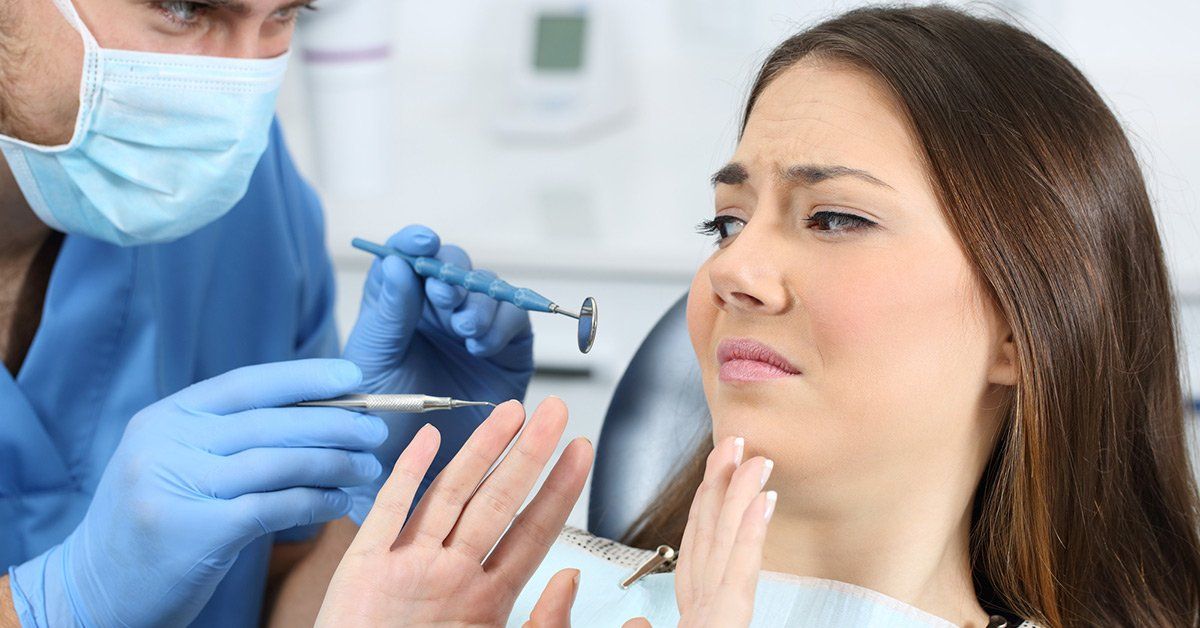 VISITING YOUR DENTIST
every six months is an important part of maintaining your oral health. Not only does it keep your smile clean, but it can help you keep an eye on your overall health!
VISITING YOUR DENTIST
every six months is an important part of maintaining your oral health. Not only does it keep your smile clean, but it can help you keep an eye on your overall health!
It may have been a while since your last visit, or you may be apprehensive about visiting the dentist. Knowing what to expect can help relieve much of this anxiety. We will explain the basics of your bi-annual cleaning and how you can prepare for your next appointment!
Gather Necessary Information Before Your Visit
Discussing your family history may not be the first thing you think of when scheduling your dental appointment. However, being familiar with your family’s medical history allows us to better care for your oral and overall health.
Like many other conditions such as heart disease, periodontal disease has strong genetic ties that can run in your family. Knowing your family’s medical history can help your dentist keep an eye out for oral health issues such as gum disease or other conditions which present symptoms in the mouth, such as diabetes.
Aside from gathering personal or family medical information, also review your dental insurance benefits as you prepare for your appointment. If you do not have dental insurance, no problem, we offer an in-office dental plan to help save you money. Ask us about it to learn more.
What Happens During Your Appointment?
Although this varies from patient to patient based on their individual needs, a dental check-up generally consists of a professional cleaning, a comprehensive dental examination, and potentially X-rays.
Dental X-Rays
How frequently you need dental X-rays relies on your medical and dental history, your age, and your current oral health. New-patient examinations often include X-rays as well.
If required, dental X-rays are generally taken at the beginning of your dental appointment. Dental X-rays allow us to detect and diagnose tooth decay between teeth, on hard-to-reach surfaces, and under existing dental work. X-rays can even be helpful in identifying dental and orthodontic issues that exist beneath the gum line.
Dental Cleaning
Once it’s time for your cleaning, your dentist or hygienist uses a small metal instrument known as a scaler to scrape off tartar above and below the gum line and in between teeth. Next, they polish your teeth using a polishing tool and a lightly abrasive paste to deep clean your pearly whites and remove any tartar left behind after the previous step. Last but not least, they’ll finish your cleaning with a thorough flossing.
Comprehensive Exam
After your teeth are clean, your dentist will perform a comprehensive oral examination to ensure your oral health is in tip-top shape. They will:
- examine your teeth for signs of decay
- check for gum swelling and redness, and measure the depth of your gingival pockets to check for signs of periodontal disease
- test how your top and bottom teeth come together and check for signs of teeth grinding or other potential orthodontic issues
- examine your neck, lymph glands, and oral cavity for signs of oral cancer
Based on your exam, they’ll discuss any necessary treatment recommendations and offer helpful tips on how to improve your oral hygiene before your next appointment.
Check out the video below for more information on the importance of regular dental exams!



